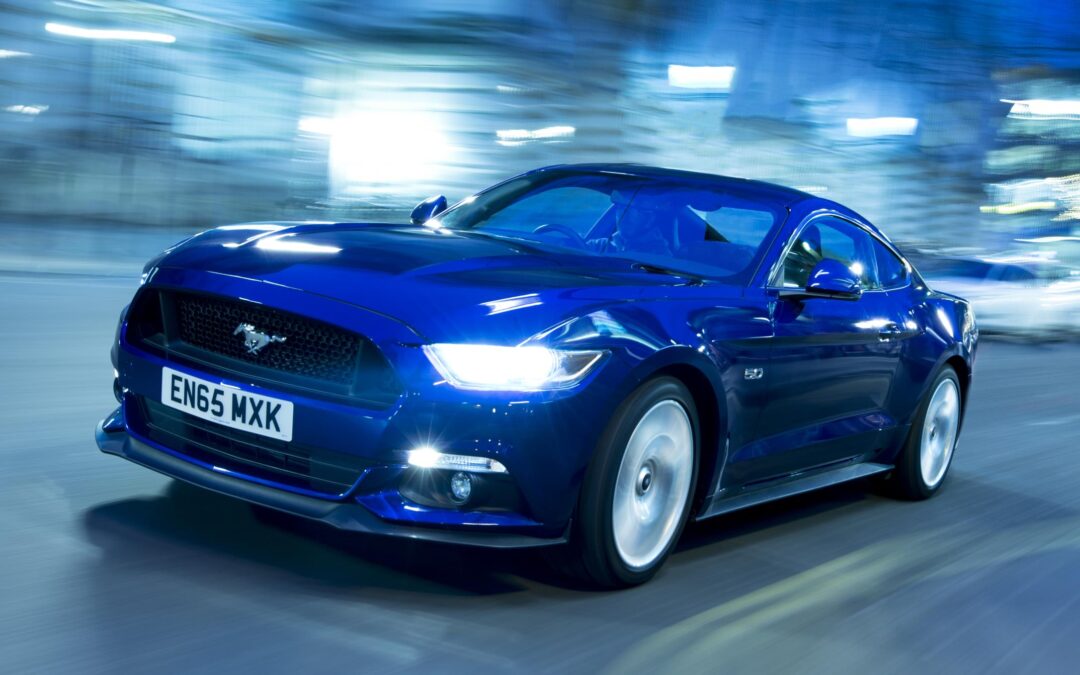The 2015 MPG Marathon was won by a Peugeot 208 Active Blue HDi75 with an impressive fuel consumption of 104.5 mpg closely followed by a Mazda2 1.5D Sport Nav on 103.4 mpg.
Move forward 12 months and the roles are reversed with the Mazda2 beating the Peugeot into second place but with a much greater margin of nearly 10 mpg.
Not a real surprise as results on this event over the years have shown that when driving the same make and model you can go easily from hero to zero, and vice versa, in successive years.
The bigger surprise this year isn’t the margin of victory but the fact that the winning Mazda only achieved a figure of 88.9 mpg (it was actually 91.4 mpg before some time/mpg penalties were imposed) and the Peugeot a modest 80.7 mpg, 24 mpg less than last year!
The cars were the same models as in 2015 and the drivers were the same – three time overall winner Mick Linford in the Peugeot and previous several time winner of the % improvement award, our very own John Kerswill. Most improved performance over stated figure was achieved by the 5.0V8 410bhp Ford Mustang (above) which pushed it up 75% to 36mpg, but would anyone drive such a car with an eye on economy?
The organisers and many of the crews agreed that it was a much more challenging event than in previous years but enough to make a difference of 24 mpg? So are the results fact or fiction and which result should be believed?
They are both fact and fiction – fact because they happened and fiction because they bear no or little relationship to reality.
Some of the really impressive results have been achieved by what I would describe as ‘professional’ drivers. ‘Professional’ in that the level of preparation of both the crew and the car leading up to the event is much more than that of any normal motorist.
But they need to be ‘professional’ because when a vehicle manufacturer invests £2,000+ to enter a car into the event it usually looks to get a return on that investment.
What does ‘professional’ look like? Having use of the car for several weeks before the event to get used to its characteristics and determine the best way to drive it to achieve the best fuel economy. It also means ensuring that the car is prepared to the highest possible standards, whatever that may entail, to maximise its economy potential.
Finally driving the proposed route several times beforehand to identify the route that best allows for constant speeds to be maintained without too many inclines to negotiate, something of a challenge when the route goes through Wales, and potential traffic bottlenecks and to prepare detailed route notes.
There are those participants who will turn up without any preparation and achieve a good result primarily due to the ability of the car and there are the ‘professionals’ that will achieve a good result despite the car.
The results of the MPG Marathon may become more fact than fiction if cars were allocated to the drivers on the day of the event, and the route was kept secret, to ensure more of a level playing field as no one would have had the opportunity to be ‘professional’. However this will never happen because vehicle manufacturers wouldn’t be willing to risk their investment by venturing into the unknown.
Comment by John Kerswill
In case anyone thinks I’m one of the ‘professionals’ (in terms of the MPG Marathon) the writer refers to, can I point out that I only had the Mazda2 for 3 days before the event, to make sure it was OK. I didn’t recce any of the route, and we incurred time penalties because we got delayed in several places which thorough preparation would have led us to avoid (notably Gloucester in the afternoon rush hour!) So, while there was certainly at least one entrant who fits the ‘professional’ description, friends and members of the Western Group can be assured that both John Kendall and I enter the event very much in the spirit of enthusiastic amateurs, relying for any success on experience, technique and the merits of the car rather than any preparational blitzkrieg.
Comment by John Kendall (vice chairman) (Norton St. Philip)
I can only agree with John Kerswill here. This was co-driver Paul Nieuwenhuis and my first time driving a hybrid in the event in the shape of a Kia Niro. We met the car for the first time on the morning of the event, although I had driven a Niro before at the UK press launch. Driving a petrol/electric hybrid for ultimate economy is quite different from a petrol or diesel powered car. Our initial satisfaction at having improved on the EU combined mpg figure was dashed by the addition of a 10mpg time penalty. There’s always next year…

